Farm ducks, especially if you only start raising birds, whether small or large types, can be your favorites.
What I like about ducks is that they grow faster than chickens and produce large eggs and rich, flavorful meat.
Besides, they are also used for display and as a natural pest controller. Finding some good breeds? Here are the 20 most popular types of farm ducks.
1. Pekin Duck
Pekins are large birds with white feathers, an orange bill, and legs and feet.
They have a long, broad, full breast, which allows them to contain a large mass of meat. They can weigh anywhere between 8 and 11 pounds.
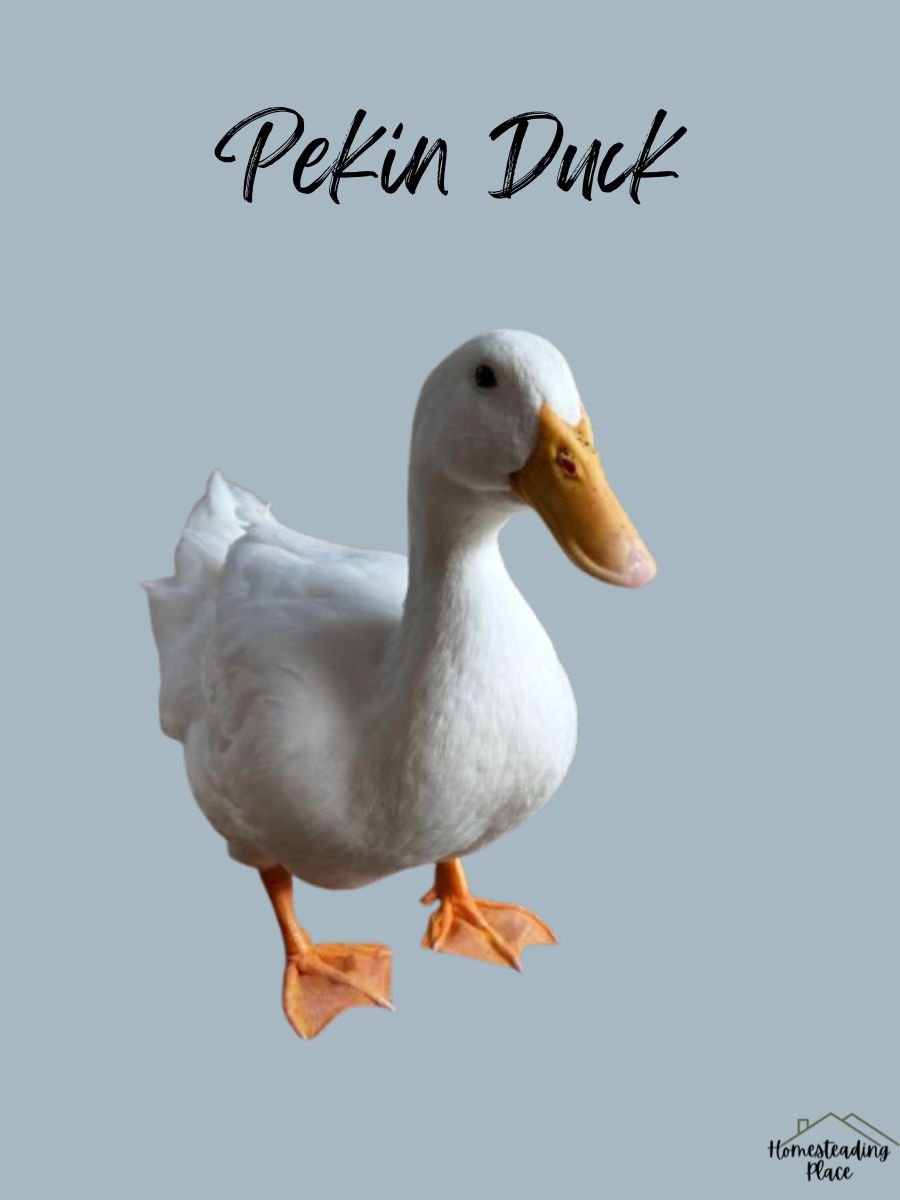
Do you know Pekin ducks arrived in the United States around 1873?
They are native to wetland areas with slow-moving water reservoirs. They are also found in private ponds, backyards, and commercial farms,
These dual-purpose ducks have rapid growth. Within 7 weeks, they attain 90% of their adult weight and are ready for the table in 8 weeks for the table.
They are also prolific layers and produce 200 – 340 eggs per year
Origin: China
Characteristics: White feathers, orange beak, cannot fly, good layers, calm temperament, easy to raise
Uses: Primarily raised for meat; fast-growing and high-yielding
Ideal For: Homesteaders seeking a meat-focused duck breed
2. Khaki Campbell
This is a lightweight duck that weighs around 4 –4.5 pounds.
Khaki Campbell is a crossbreed between Mallard, Rouen, and Runner ducks. These are medium-sized domestic ducks in light brown color.
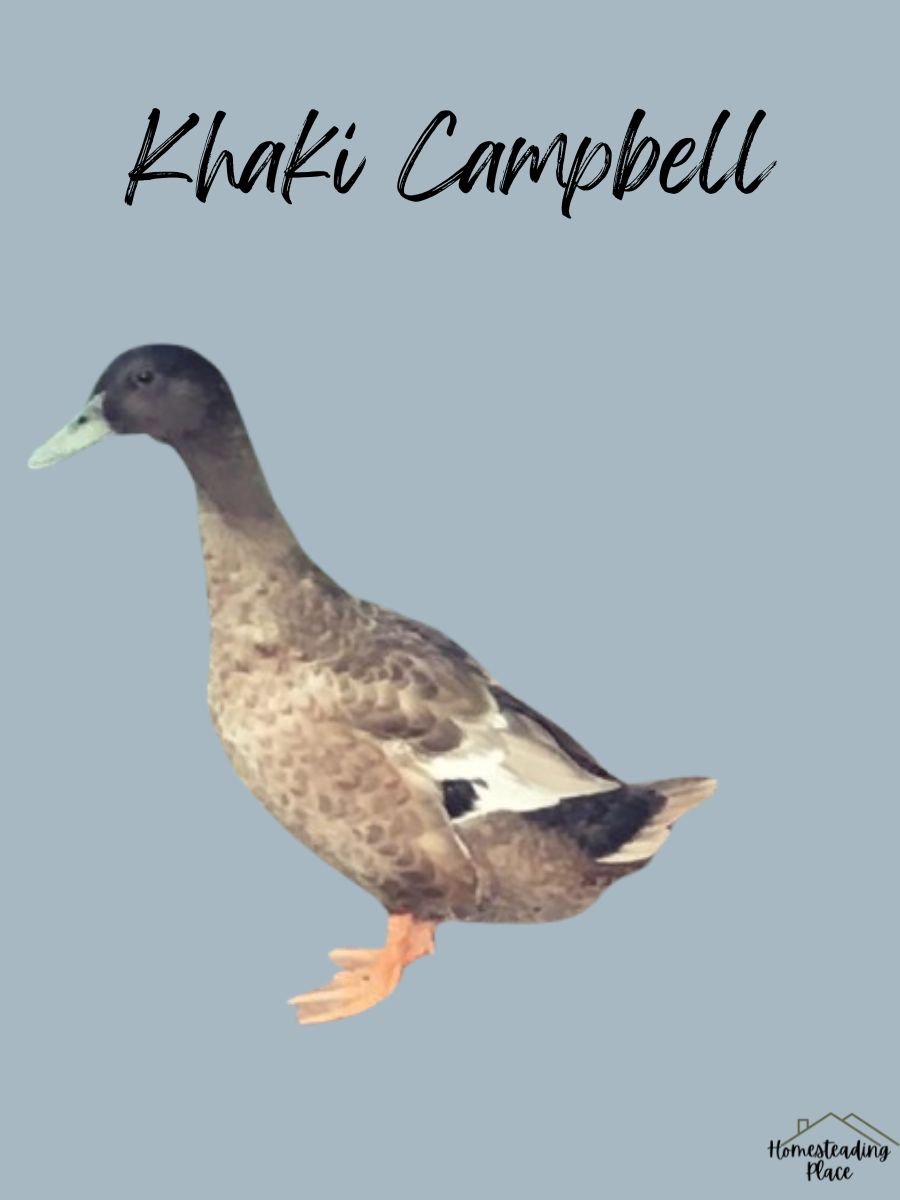
You can tell these birds have seal-brown heads, upper necks, and lower backs. And the rest of the feathers are khaki.
They are also known for their green bill, dark brown eyes, and brown legs and feet.
After seven months, they mature and lay 250–340 eggs per year.
Khaki Campbell ducks were brought to the United States in 1929.
Origin: England
Characteristics: Brownish khaki color, prolific layers, extremely hardy, excellent foragers
Uses: Egg production
Ideal For: Raisers focused on high egg yield
3. Muscovy Duck
Muscovy ducks are processed in 4–6 months, but can take over 8 months to get full size.
You can expect them to be 10-15 pounds for males and 6–7.9 pounds for females.
They are native to coastal and lowland areas from northern Mexico to Argentina, especially around slow-moving water.

These types of farm ducks have large, heavy bodies with long necks. Also, they boast fairly long bills and tails.
Muscovy ducks are restricted to raising in south Texas and points south. But if you live in North America, you can keep them.
You can tell the wild muscovy has glossy black feathers with big white wing patches. But Domesticated ducks have plumage featuring dark brown or black color mixed with white, especially on their head.
Captive birds can lay 60 to 180 eggs a year.
Origin: Central and South America
Characteristics: Unique red face, larger size, quiet nature
Uses: Meat production; also effective for pest control
Ideal For: Those looking for a quiet, multipurpose breed
4. Indian Runner Duck
Did you know duck herding is a part of traditional farming in the Malay Peninsula and some Indonesian islands?
Indigenous people in these regions have their native duck breed, called the Indian Runner, which helps them in agriculture.
These runners can weigh 3.5–5 pounds and live for 5-12 years (wild and domesticated combined)
Indian Runners are known for their long, wedge-shaped heads. Their bill blends into their heads perfectly, and their heads are shallower, providing a racy appearance.
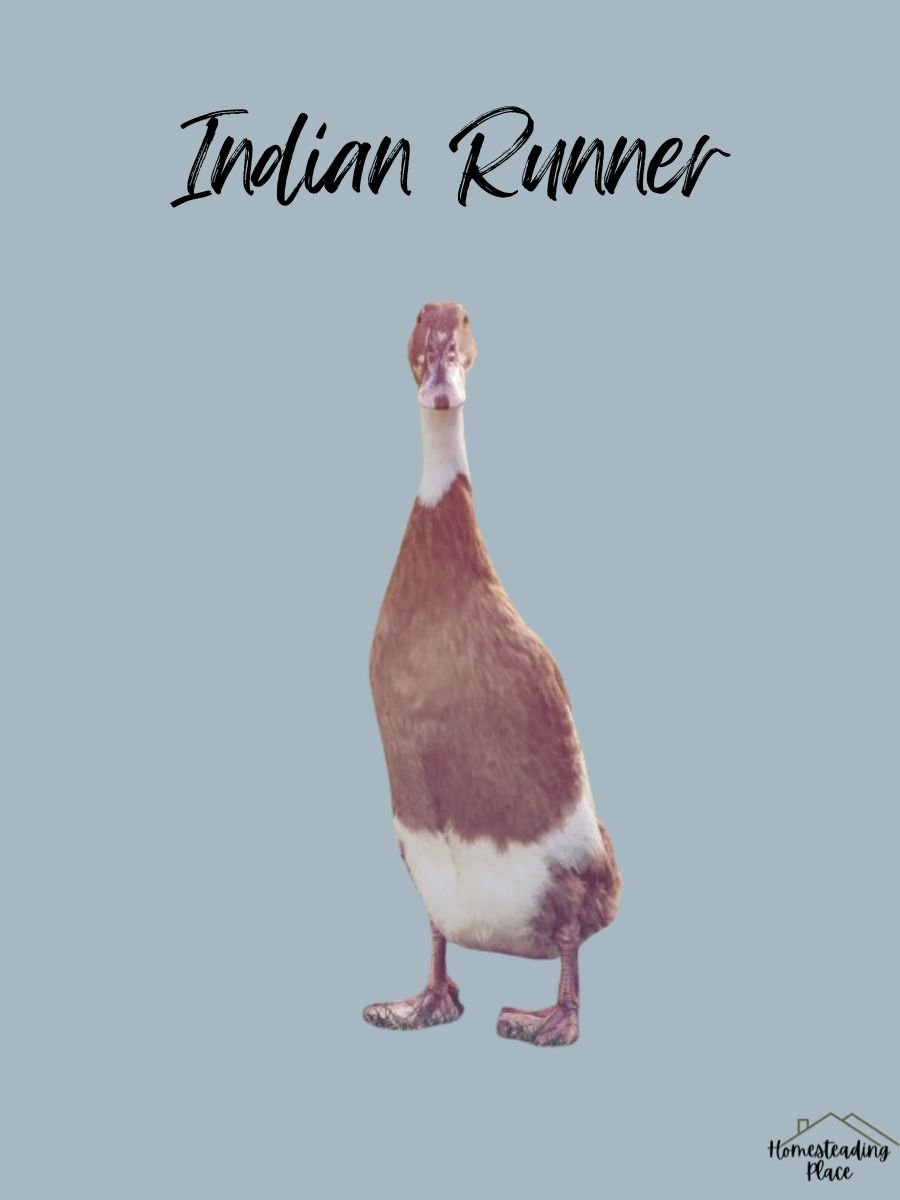
They can move faster over the ground instead of waddling.
You only need a simple wooden hut for them with soft bedding for sleeping overnight. After 20-24 weeks, Indian runners can produce 300 to 350 eggs a year.
Origin: Southeast Asia
Characteristics: Upright posture, active, lightweight, excellent foragers
Uses: Egg production and pest control
Ideal For: Homesteaders who need a breed for eggs and garden pest management
5. Rouen Duck
This breed only appeared in the United States in the 19th century, not before that.
Riyen ducks are plump-bodied birds with broad breasts and round heads. They have a dark greenish-black bill and orange legs and feet.
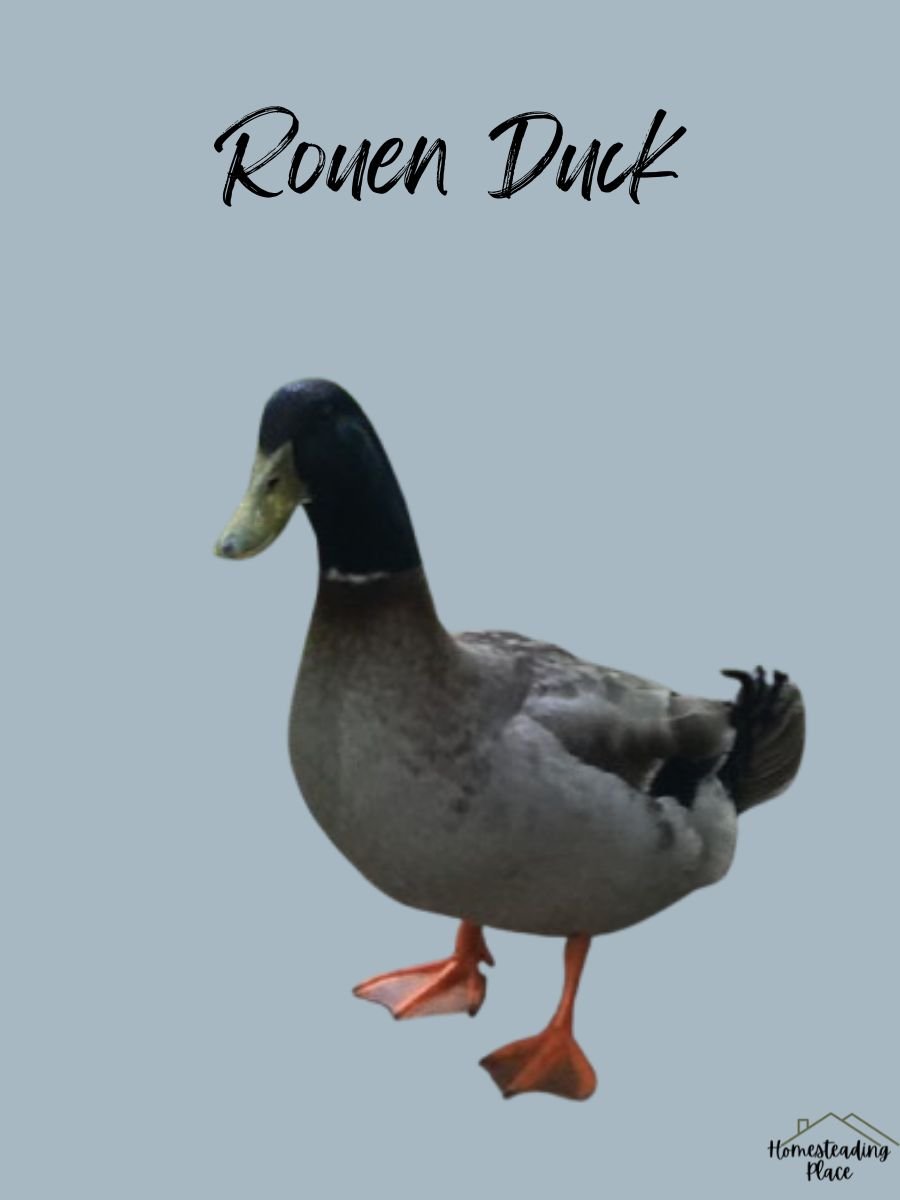
During their duckling stage, they look like wild mallard ducklings.
But you can identify Rouens with a second stripe that flows across their face under their eye. Mallards have a single stripe, though.
Anyway, Rouens weigh 8-10 pounds for ducks, while drakes can weigh up to 12 pounds.
They are a slow-growing meat breed that takes 6 to 8 months to reach full size. After their maturity, they can yield 140–180 eggs annually, and even 210 eggs.
Origin: France
Characteristics: Similar to Mallards but larger, with a calm disposition
Uses: Meat yield and ornamental purposes.
Ideal For: Those looking for a dual-purpose duck with aesthetic appeal
6. Cayuga Duck
Cayuga is a medium-sized, heavy breed with black plumage and an iridescent beetle-green sheen.
These types of farm ducks have brown eyes and black beaks and feet. They also have uprights with long necks.
They are easy-to-care-for and hardy ducks that weigh around 7-8 pounds. Surprisingly, they are native to Cayuga Lake, New York, hence the name.
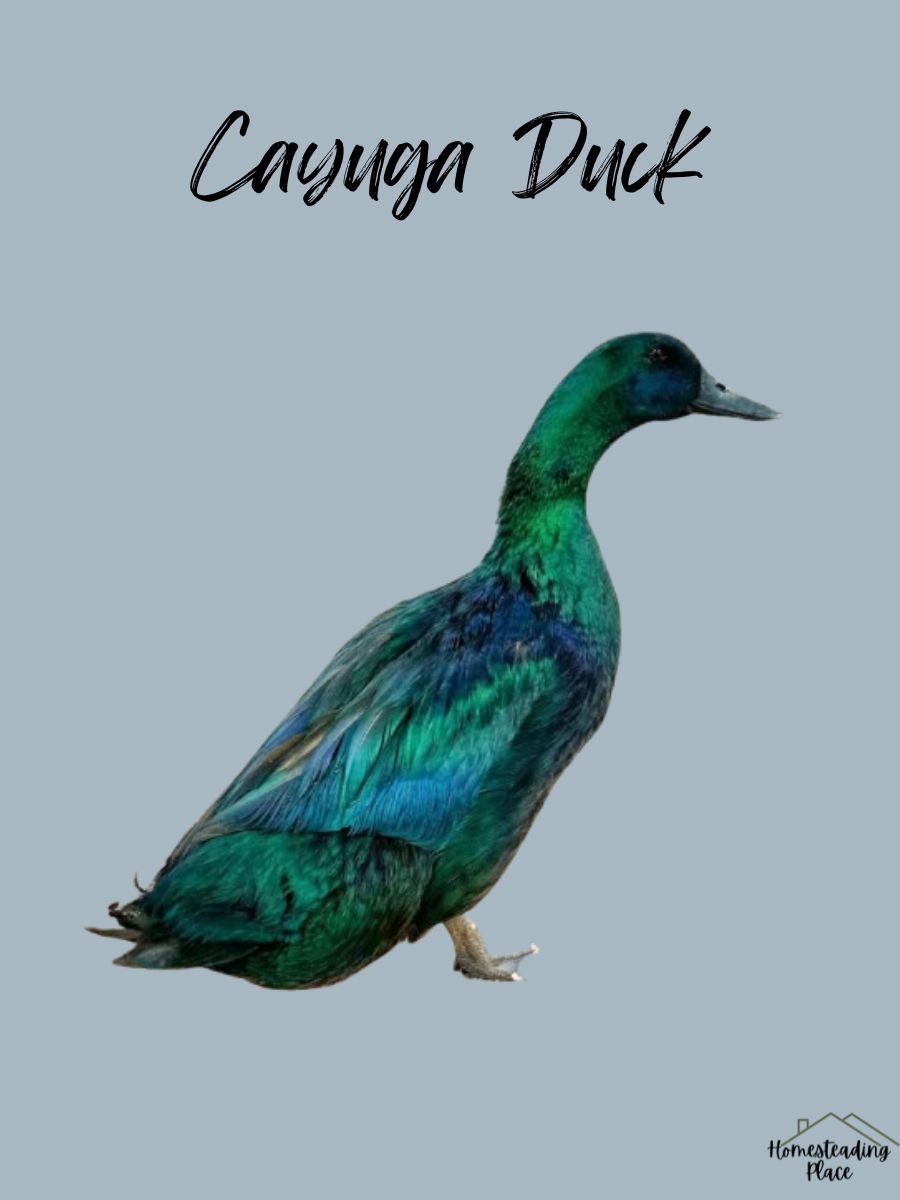
They mature at around 6 months and produce 100–150 large eggs annually.
Origin: United States
Characteristics: Black feathers with green iridescence, quiet nature
Uses: Meat, eggs, and ornamental purposes
Ideal For: Farm owners seeking a quiet, attractive breed for small spaces
7. Welsh Harlequin
Welsh Harlequin ducks start laying at 6 to 8 months. Though lightweight birds, they can produce 100–350 eggs per year.
They are known for long bodies, rounded chests, and medium-width backs.
While drakes boast green iridescent head plumage, ducks lack the striking hue over their entire bodies.
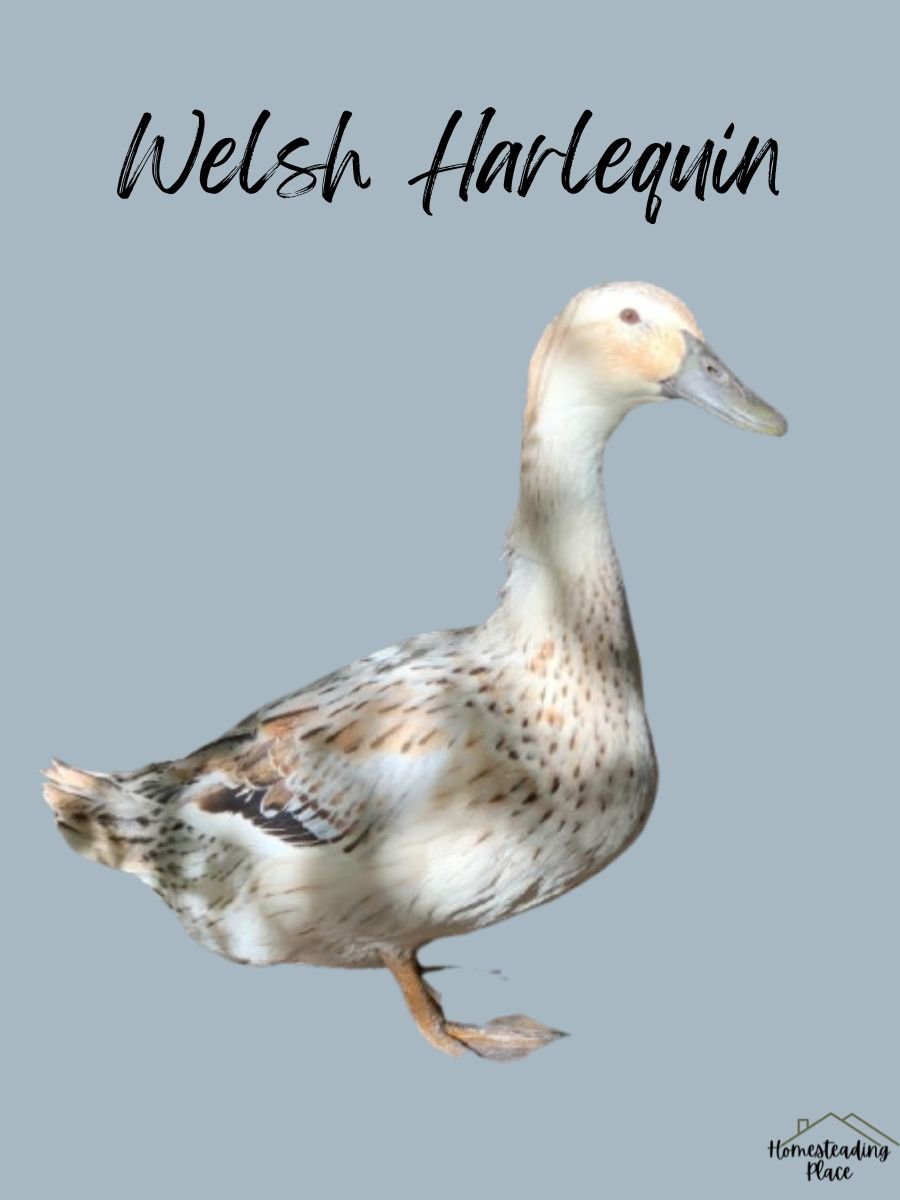
Also, ducks have black beaks, brown legs, feet, and mostly white plumage.
Welsh Harlequins are native to subalpine or coastal habitats and weigh between 4.5 and 5.5 pounds.
Origin: Wales
Characteristics: Multicolored plumage, lightweight, calm, and excellent foragers
Uses: Egg production and ornamental purposes
Ideal For: Those focusing on egg yield and aesthetic appeal
8. Ancona Duck
Anconas are ducks with mottled plumage and no particular patterns. In this case, you can compare them with the Holstein cows.
Still, they are in white and black feathers with a mix of white color in random splotches.
These medium-sized ducks can grow 6 to 7 pounds. Thanks to their rapid growth rate, they become ready for harvest in only 7–8 weeks.
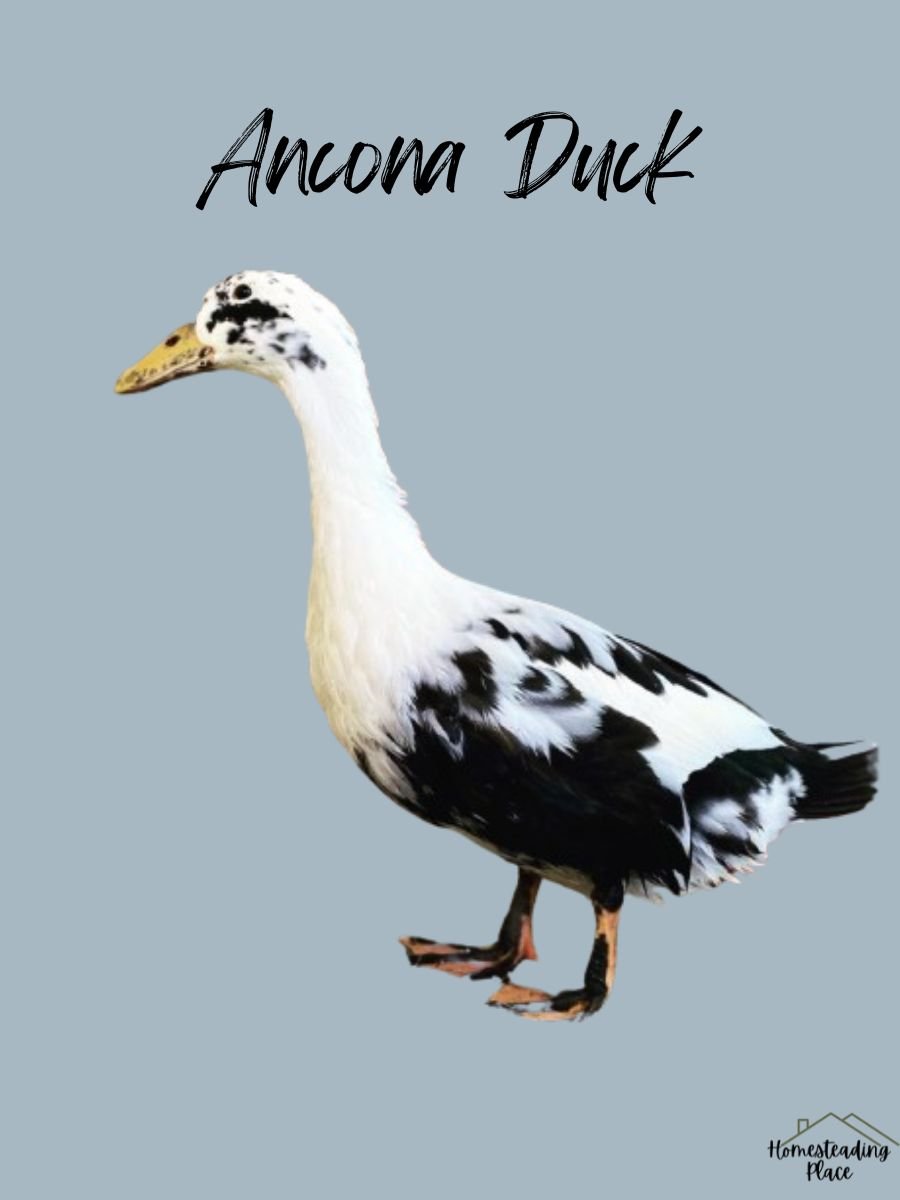
They also produce 210-280 eggs each year.
Origin: England/United States
Characteristics: Unique spotted feathers, hardy, adaptable, all-purpose duck, excellent forager
Uses: Egg production and pest control
Ideal For: Homesteaders or growers who value hardy, all-purpose ducks
9. Blue Swedish Duck
The blue Swedish ducks are known for their round, plump bodies with full breasts, straight, and fairly flat backs.
Blue and white shades run from the underside of the beak to halfway down their breast.
These birds have white bibs and white wing quills. They also possess slate to slightly orange-colored legs. While drakes have a pale greenish-yellow bill, ducks have a blueish-green to black beak.
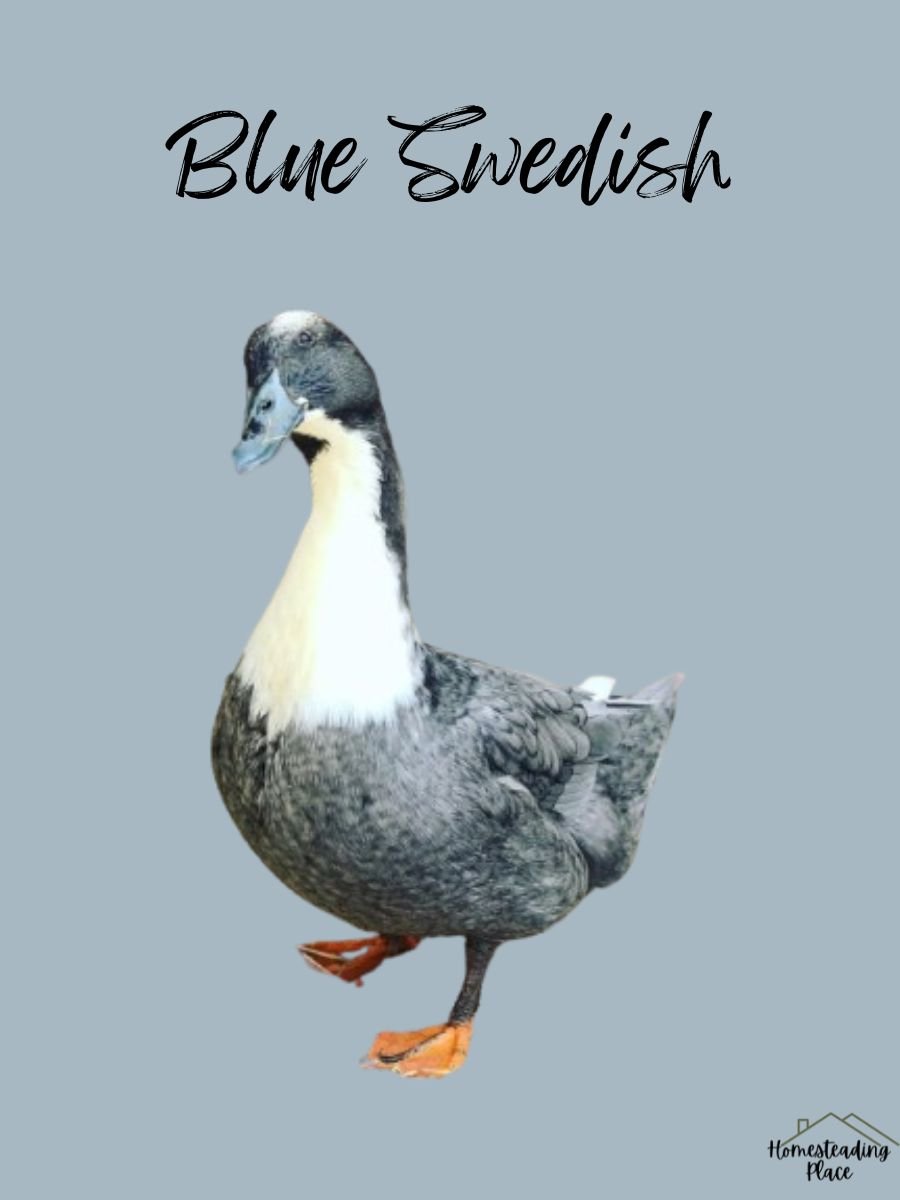
Blue Swedish are medium-sized ducks that weigh around 6-8 pounds.
I like their large white, tinted, blue, gray, and green eggs. After 16 weeks, they can lay 120-180 eggs per year.
Origin: Sweden
Characteristics: Blue-gray plumage with white chest, calm temperament
Uses: Meat, eggs, and ornamental purposes
Ideal For: Homesteaders seeking a hardy and dual-purpose breed
10. Mallard Duck
This is a slow-growing breed that can take a complete 1 year to reach maturity.
Mallards are known for their hefty bodies, round heads, and wide, flat beaks. They look attractive with their dark green heads and yellow beaks.
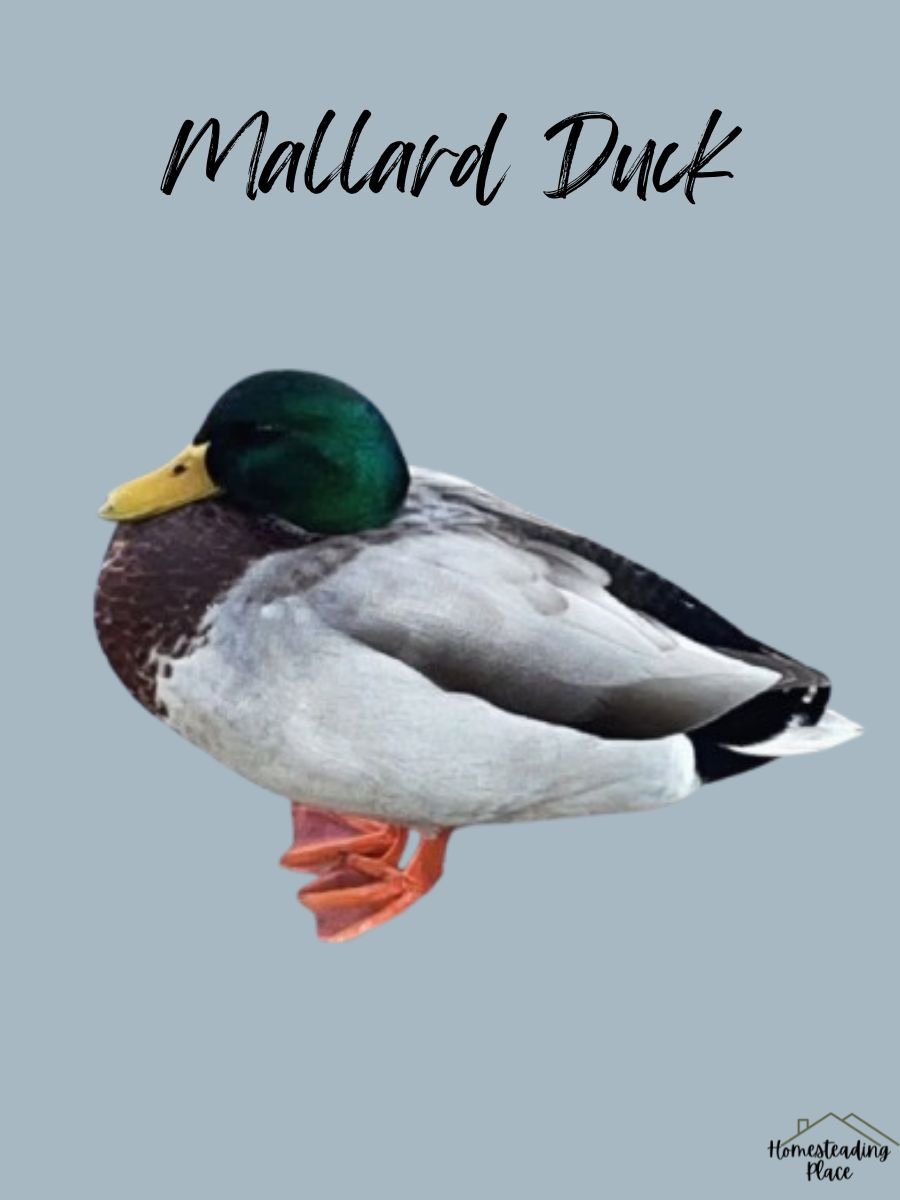
Their breast is purple-brown, attached to grey plumage on the body. However, the females are brown with orange beaks.
Mallard ducks are native to the Arctic tundra and subtropical regions.
They grow around 1.5–3.5 pounds and lay 60-120 eggs yearly.
Origin: Asia, Europe, North America
Characteristics: Distinctive green head, highly active, friendly, entertaining, hardy
Uses: Ornamental, pest control
Ideal For: Hobby farmers and those focusing on wildlife conservation
11. Magpie Duck
Magpies are heritage, light, and dual-purpose ducks.
They have black feathers with a blue or green tint. Their head is crowned with white with a colored cap. Also, the large colored patch flows with the back from the shoulders to the tail.
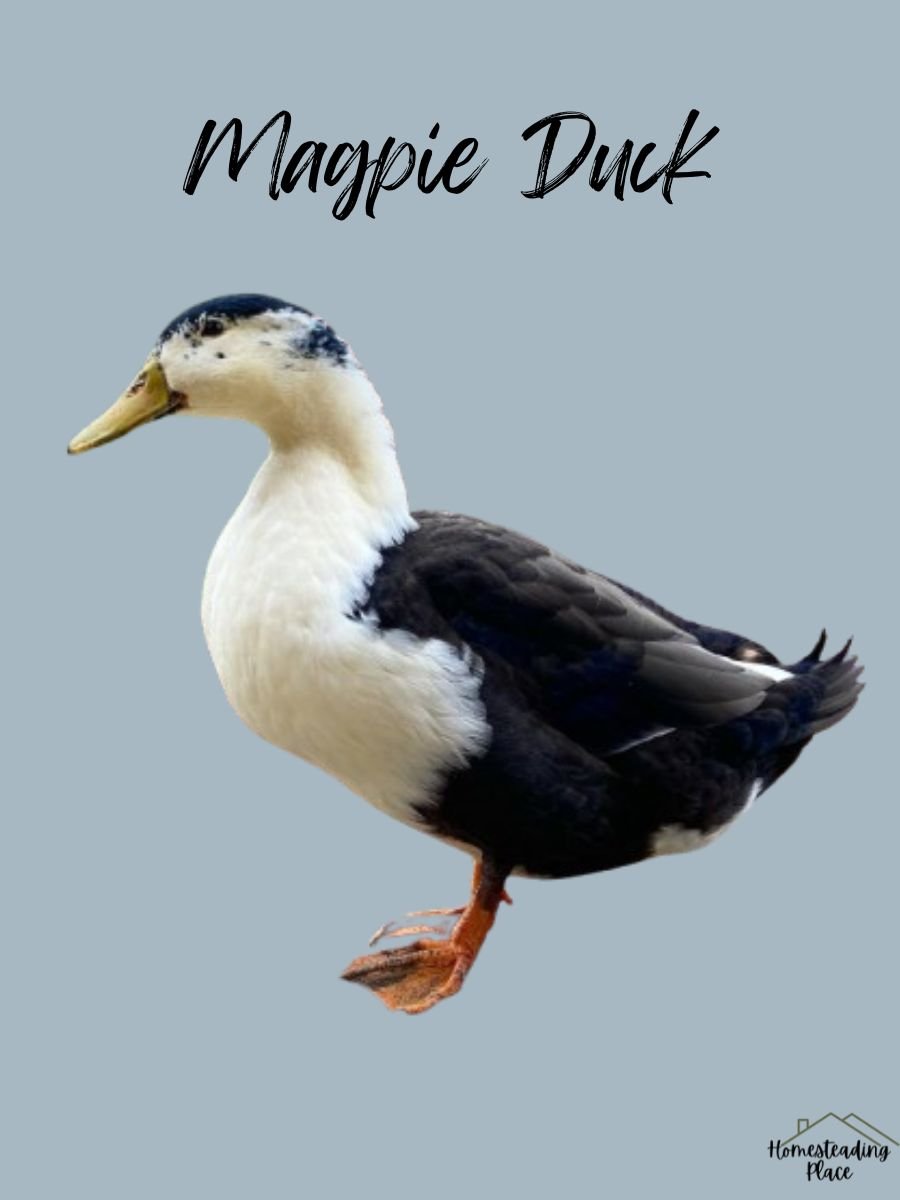
As the ducks grow older, the cap becomes white-flecked and turns entirely white.
Magpie ducks are comparable to Khaki Campbell in size and shape, but Magpies are mainly white with 2 patches of black feathers.
They weigh around 5.5–7 pounds for drakes and 4.5–6 pounds for ducks.
After 3-5 months, Magpies can produce 220-290 eggs per year.
Origin: United Kingdom
Characteristics: White body with black or blue markings, calm demeanor,
Uses: Eggs, meat, and ornamental purposes
Ideal For: People looking for a versatile breed with unique markings
12. Buff Orpington Duck
You can process Buff Orpington ducks when they are around 8-10 weeks.
As their name suggests, Buff Orpingtons are in red, brown, or mixed. They boast brown eyes and orange-red legs.
The buff often comes with a reddish undertone. Besides, drakes own glossy brown head and upper neck.
While drakes have a yellow bill, hens possess brown to orange ones.
You can tell Orpington ducks by their long, broad bodies with oval heads. They also have medium-length beaks and long, curved necks.
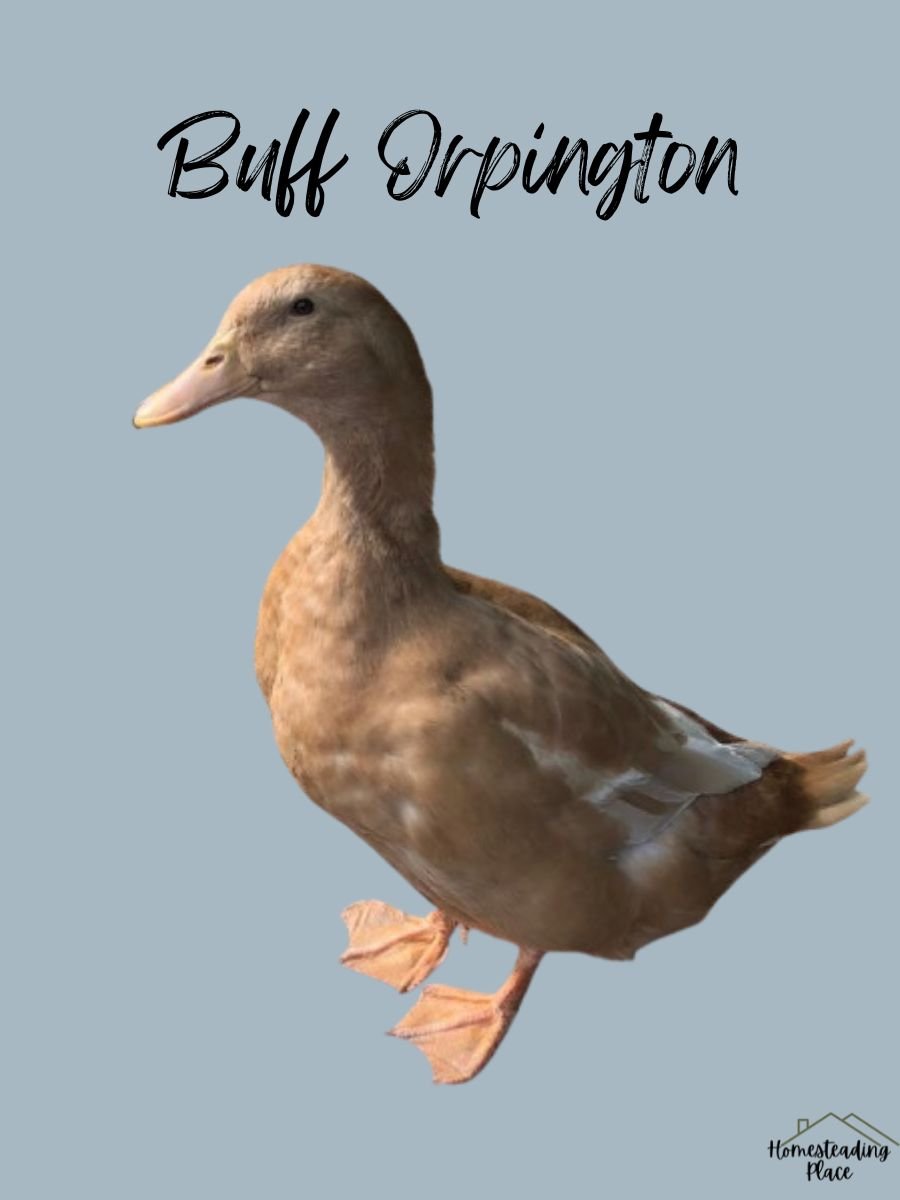
Buff Orpingtons are native to freshwater, which can be a pond or a children’s wading pool.
They weigh around 5–8 pounds and yield 150–220 large white or tinted eggs per year
Origin: England
Characteristics: Buff-colored plumage, docile nature, good foragers
Uses: Meat and eggs
Ideal For: Beginners, a small homestead, or in a backyard
13. Call Duck
Did you know that Call ducks were used as decoys to trap wild ducks in the past?
They are blessed with the high-pitched call that echoes over long distances.
Calls are bantam ducks with short, deep, and compact bodies that are plump, oval, and bowl-shaped. They weigh around 22-26 oz for drakes and 18-20 oz for hens.
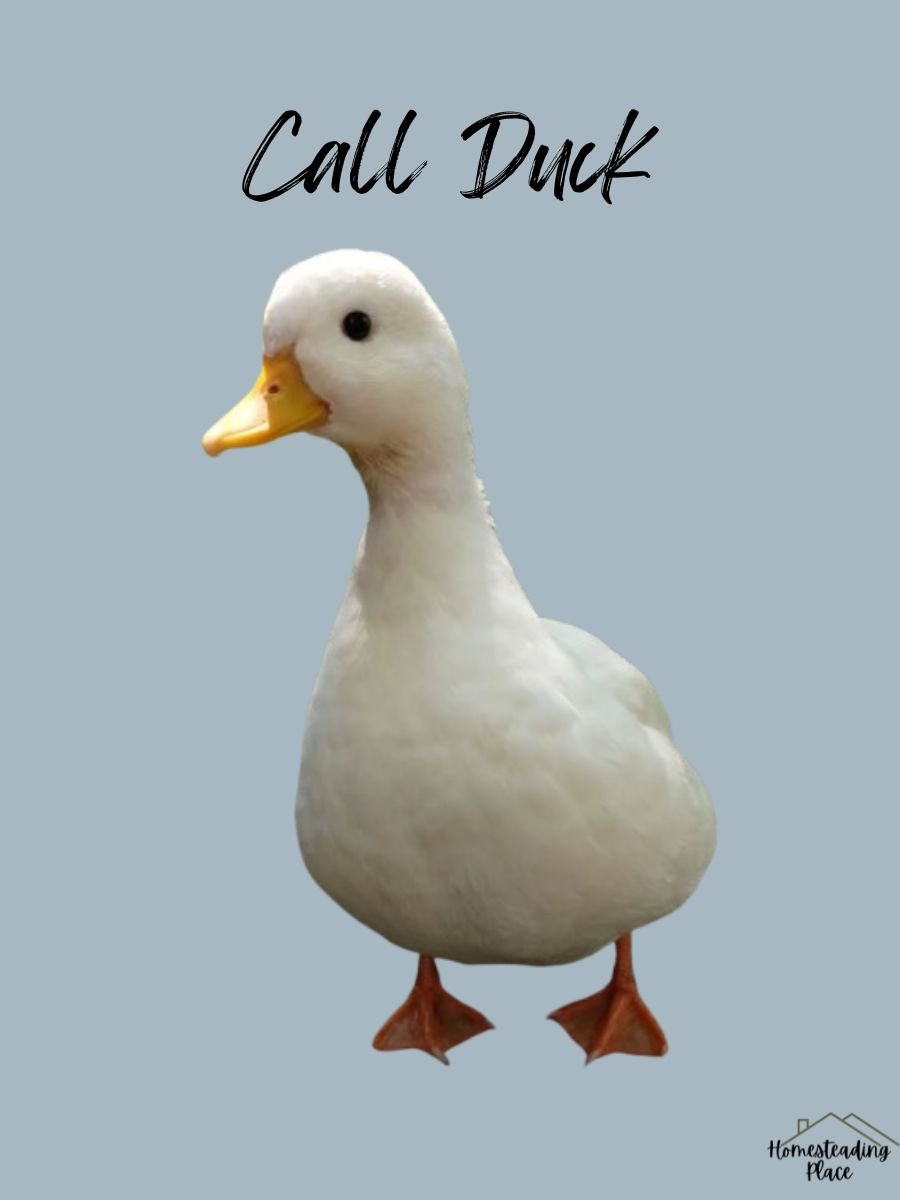
They also have small heads, round faces, short beaks, short necks, and large, dark eyes.
You can identify them by their short, pale orange legs and entirely white plumage.
They become adults after 8-10 months and can produce 50-150 eggs per year.
Origin: Netherlands
Characteristics: Small size, high-pitched call
Uses: Ornamental and show purposes
Ideal For: Hobby farmers and duck enthusiasts
14. Saxony Duck
Saxony ducks are a nonaggressive, inquisitive, bold, and curious breed.
They resemble Silver Appleyard ducks, characterized by a muscular body and close-fitting feathers. They have an oval-shaped and large head with a deep, full breast.
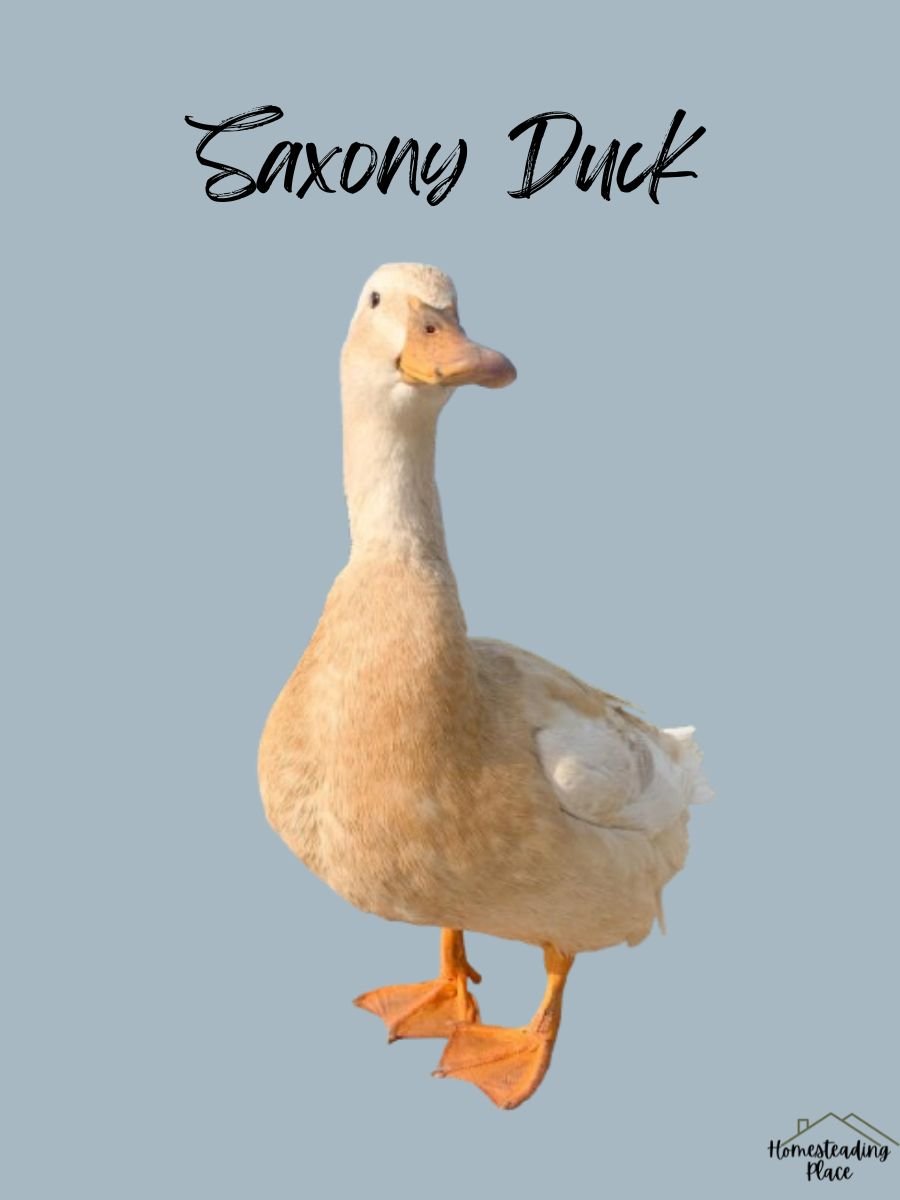
These types of farm ducks are cold-hardy and thrive well in northern climates throughout the winter.
Saxony hens mature around 20-24 weeks and yield 190-240 large white eggs annually. Also, they grow 7 to 9 pounds in full size.
Origin: Germany
Characteristics: Cream-colored with chestnut shading, calm disposition
Uses: Dual purpose (meat and eggs)
Ideal For: Homesteaders looking for a productive yet beautiful breed
15. Silver Appleyard Duck
I would love to praise the sturdily built and blocky physique with a slightly erect posture of Silver Appleyard ducks.
These are large birds with spacious breasts and yellow or greenish beaks. They have creamy-white plumage spotted and striped in fawns and brown-grey.
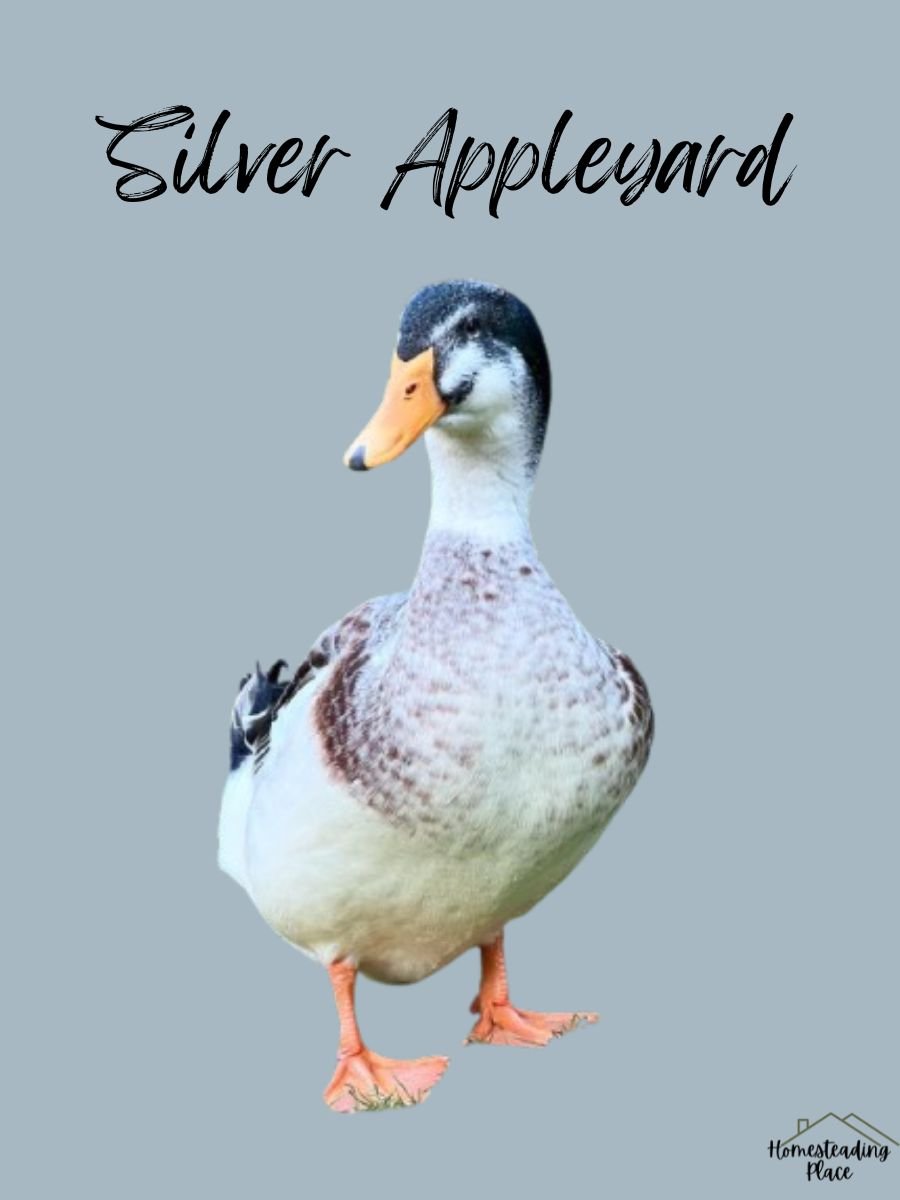
Drakes boast a silvery-gray throat speckled with fawn.
These heirloom ducks are large and stocky, weighing around 6-10 pounds.
They do well in a place with grass and alfalfa to forage and fifty-gallon water barrels to bathe.
They mature in 6 to 7 months and produce 190-270 eggs per year.
Origin: United Kingdom
Characteristics: Large, colorful plumage, active foragers
Uses: Meat and eggs
Ideal For: Those seeking a heavy breed for meat production and egg-laying
16. Dutch Hookbill
This breed looks like a common domestic duck.
You can only identify them with long, elongated beaks that curve downwards. Also, their head is slimmer than the common ducks.
They offer various varieties, including white, dusky Mallard, and white-bibbed dusky Mallard.
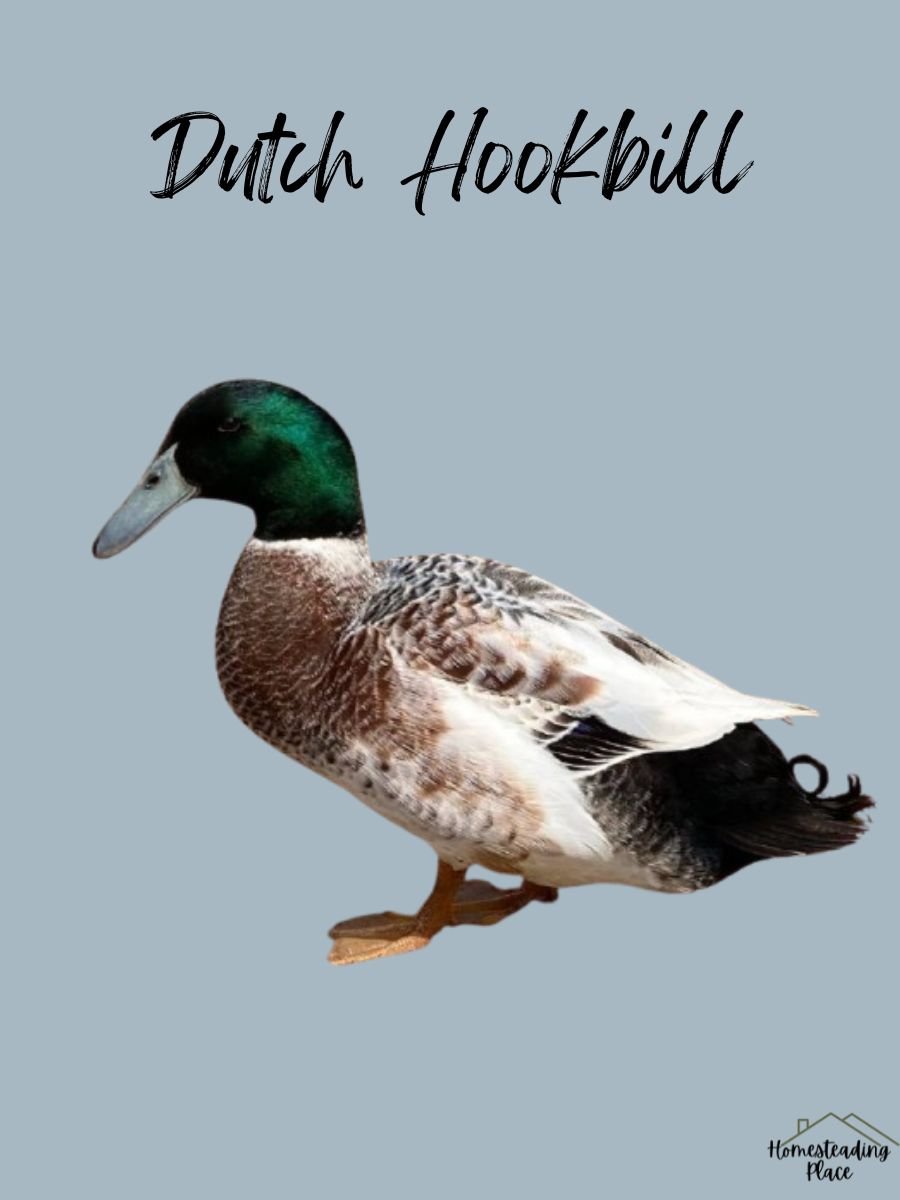
Dutch Hookbills grow faster and reach around 3–5 pounds at 16 weeks.
You will love to get their blue, green, or white eggs. They produce 100-225 eggs per year.
Origin: Netherlands
Characteristics: Hook-shaped bill, hardy, and adaptive
Uses: Egg production and pest control
Ideal For: Homesteads in wetland areas
17. Crested Duck
Crested ducks are medium-sized domestic ducks with a tuft of feathers on the head.
White ducks have long, pale orange bills and legs. However, Silver Appleyard Crested ducks have bills and legs in dark gray color.
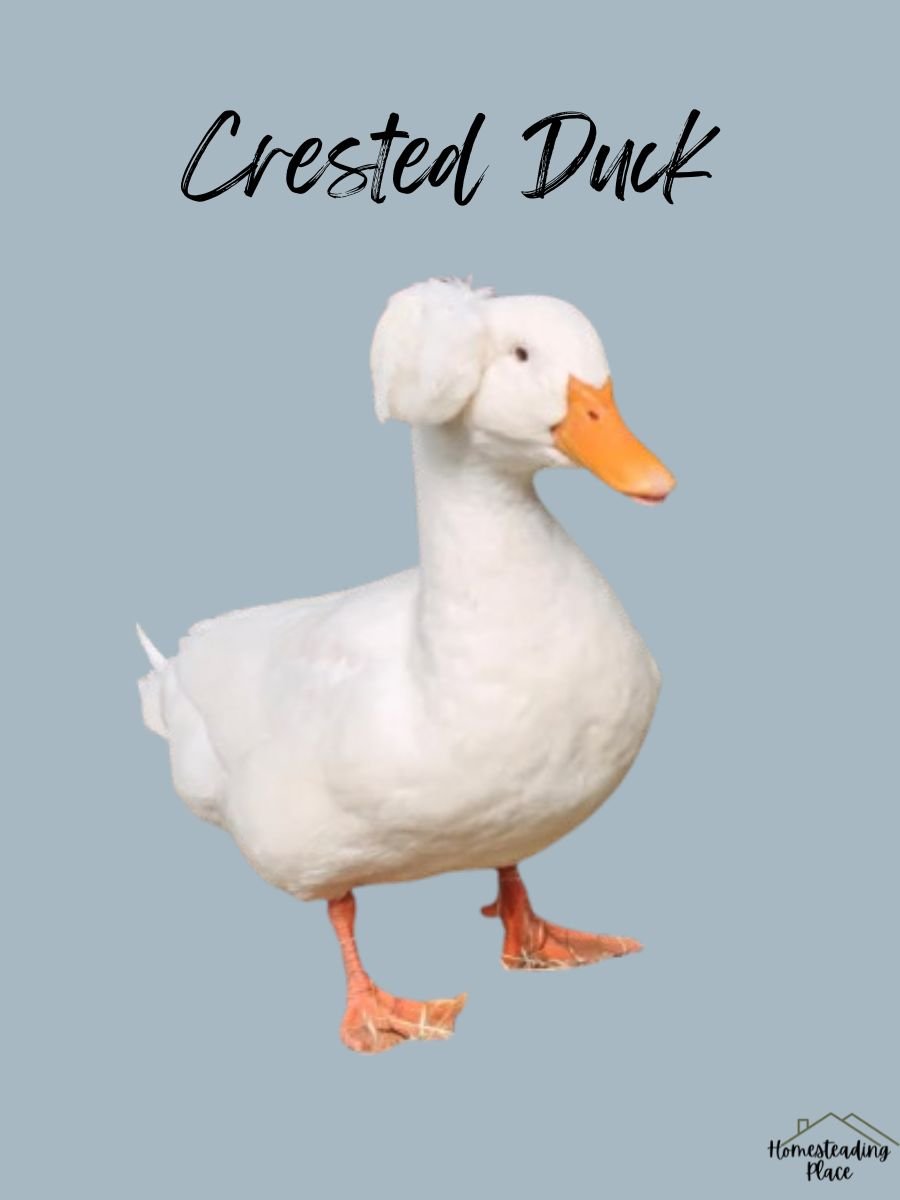
They weigh approximately 5-7 pounds and mature in 6– 7 months.
They are also good layers, producing 120 to 200 eggs per year.
Origin: South America
Characteristics: Crest of feathers on the head, medium-sized
Uses: Ornamental and eggs
Ideal For: Those looking for an eye-catching breed
18. Bali Duck
This breed is native to the island of Bali, located west of Java, hence its name.
Bali ducks look similar to Indian Runners; the only difference is a crest on the top of the head.
They have broader shoulders and heavier bodies than Indian Runners. They also possess a coarser head and beak shape.
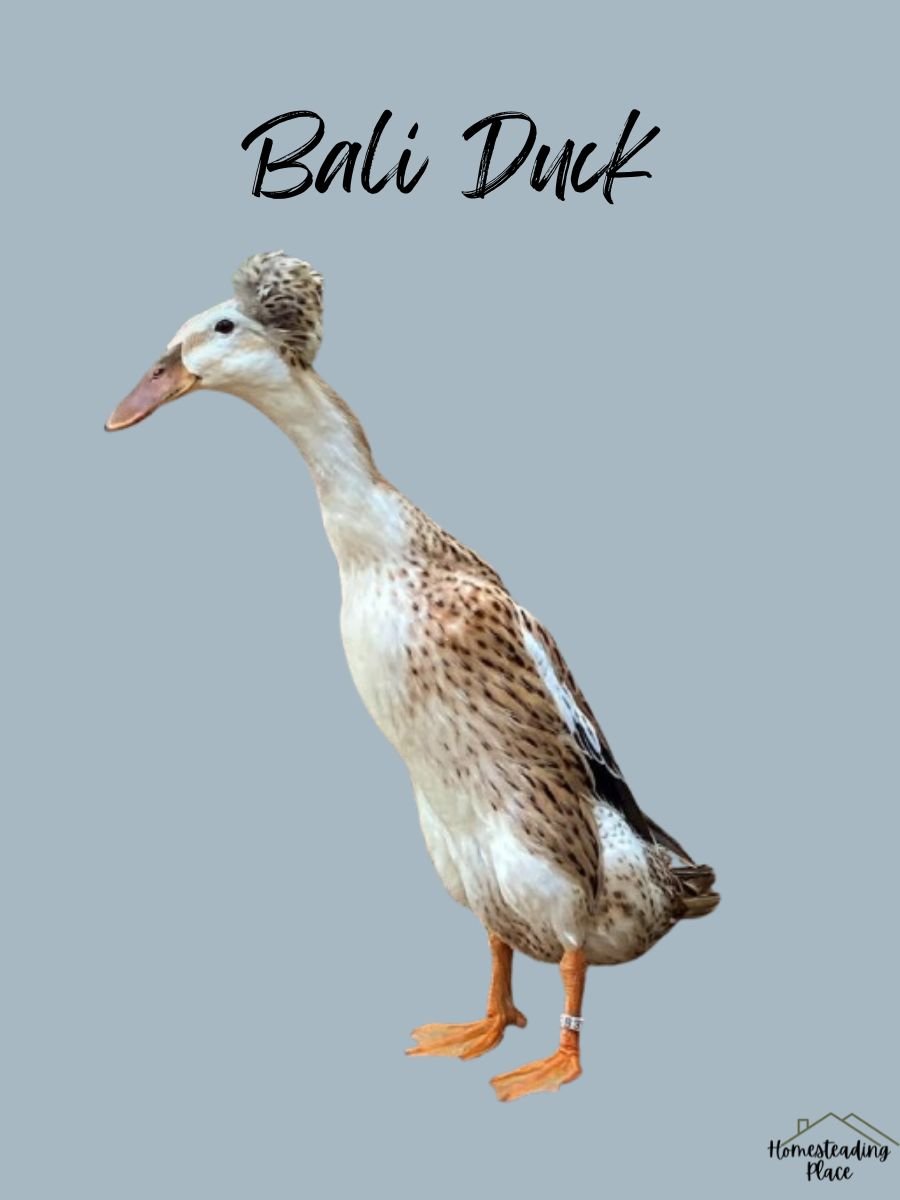
These types of farm ducks come in several colors, such as white, brown, and Mallard.
You can expect them to grow at around 4-6 pounds. They also lay blue-green to white eggs, 120–250 per year.
Origin: Indonesia
Characteristics: Sleek body, upright stance, hardy
Uses: Ornamental and egg production
Ideal For: Small-scale farms and tropical climates
19. Black East Indian Duck
Also known as East Indie, Black East Indian ducks are a bantam breed that weigh 1-2 pounds.
They have dark, black plumage with a glossy, beetle-green sheen.
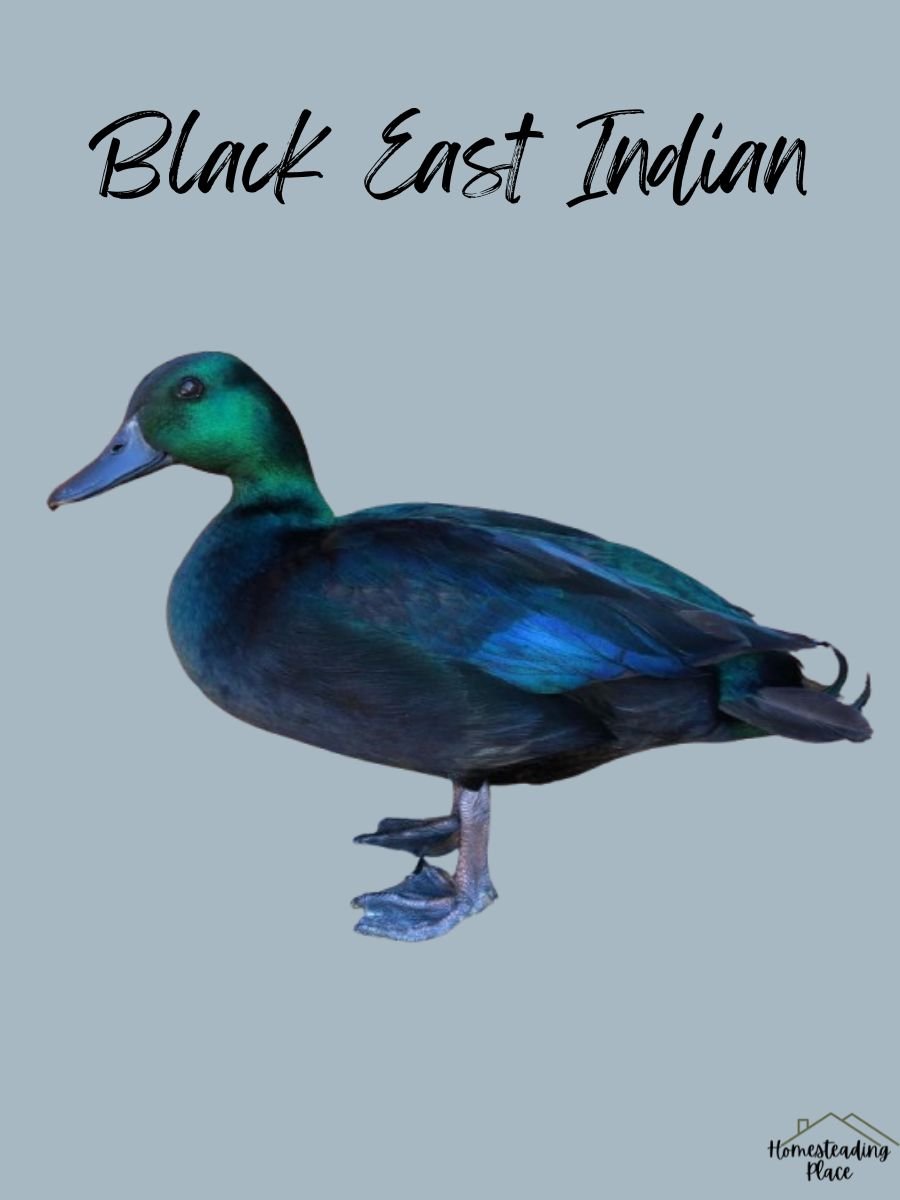
These ducks have a black bill and fly well. So, growers need to clip their wings if they have access to free range.
Black East Indians are shyer and quieter than the Call ducks.
They also give beautiful 40-100 black to silver-shaded eggs per year.
Origin: United States
Characteristics: Small size, black iridescent plumage
Uses: Ornamental or display purposes
Ideal For: Hobbyists and show breeders
20. Australian Spotted Duck
This is an exceptionally hardy and bantam breed that is easy to care for and grows 2–2.2 pounds in weight.
Australian Spotted Ducks have a teardrop-shaped body and centrally located legs. They also have oval and somewhat streamlined heads.
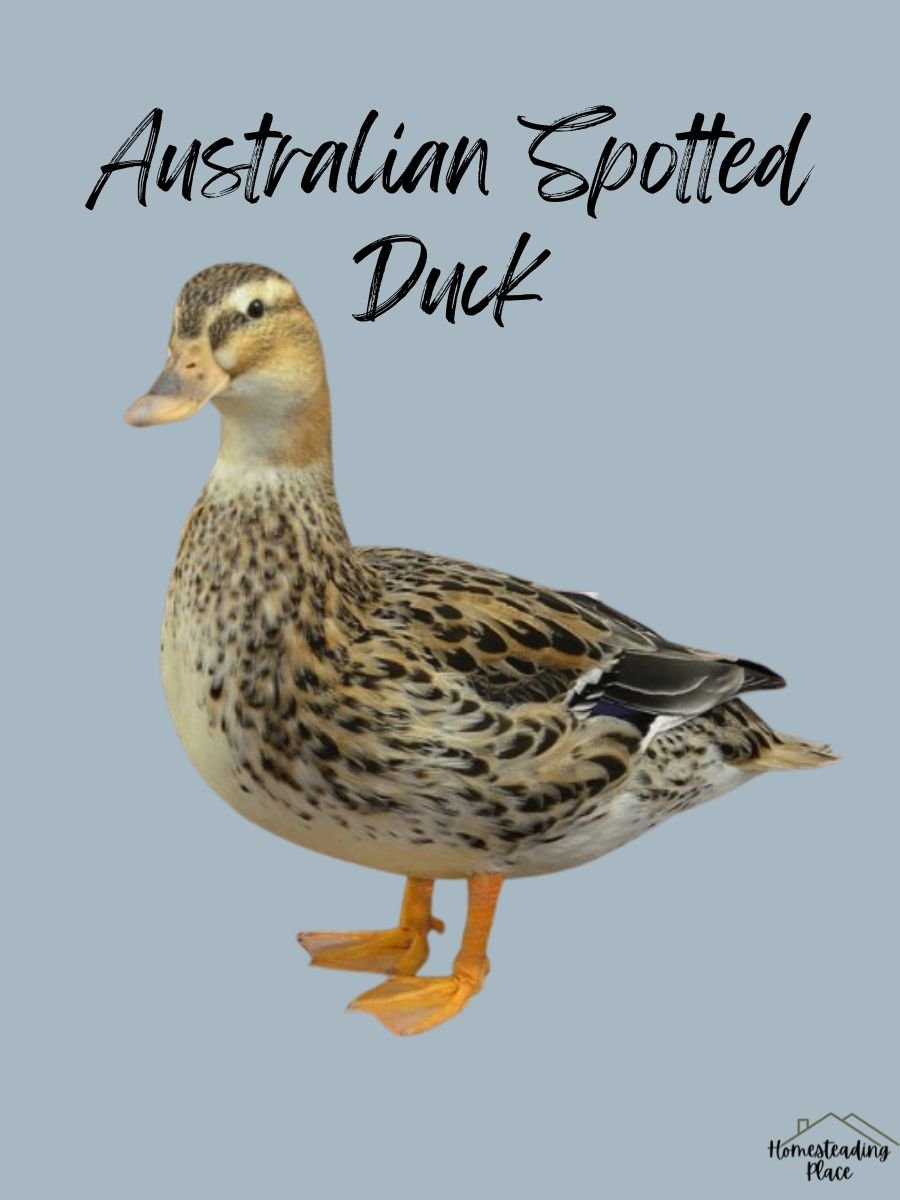
They are slightly larger than show-type call ducks.
These types of farm ducks come in three colors: greenhead, bluehead, and silverhead. They are active, long-lived, and good foragers.
Hens are naturally good mothers and seasonal layers.
Australian Spotted have a fast growth rate and sexually mature within 3-4 weeks. They lay 50–125 medium-sized cream, blue, and green-shelled eggs per year.
Origin: United States
Characteristics: Small size, spotted plumage, lively nature
Uses: Ornamental and eggs
Ideal For: Backyard homesteads
Final Thoughts
I often suggest to my friends raise a dual-purpose breed if they want to get the most out of ducks.
But that isn’t necessarily acceptable if you are a duck enthusiast and try different types of farm ducks for backyard display and pleasure.
So, find your purpose whether you want meat, eggs, dual, or decoration. Also, you may need to invest in the brooder, shelter, kiddie pool, and feed pans if you only start now.
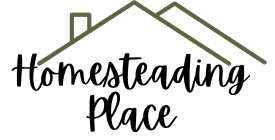
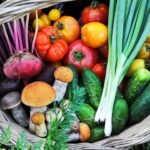

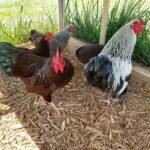
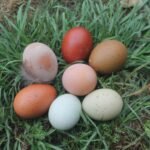
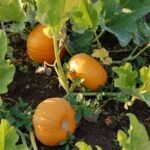
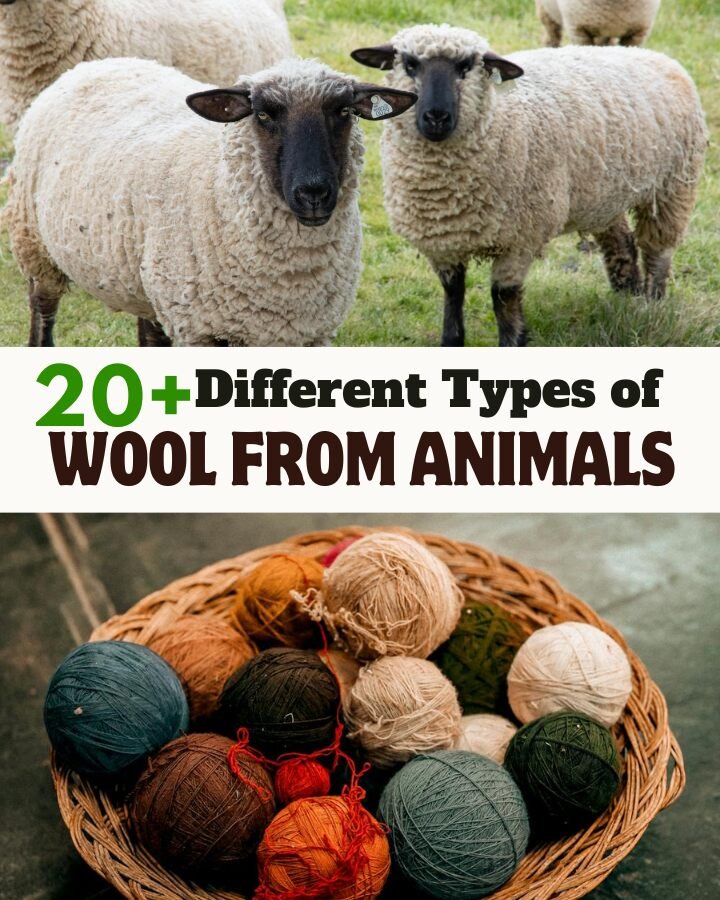
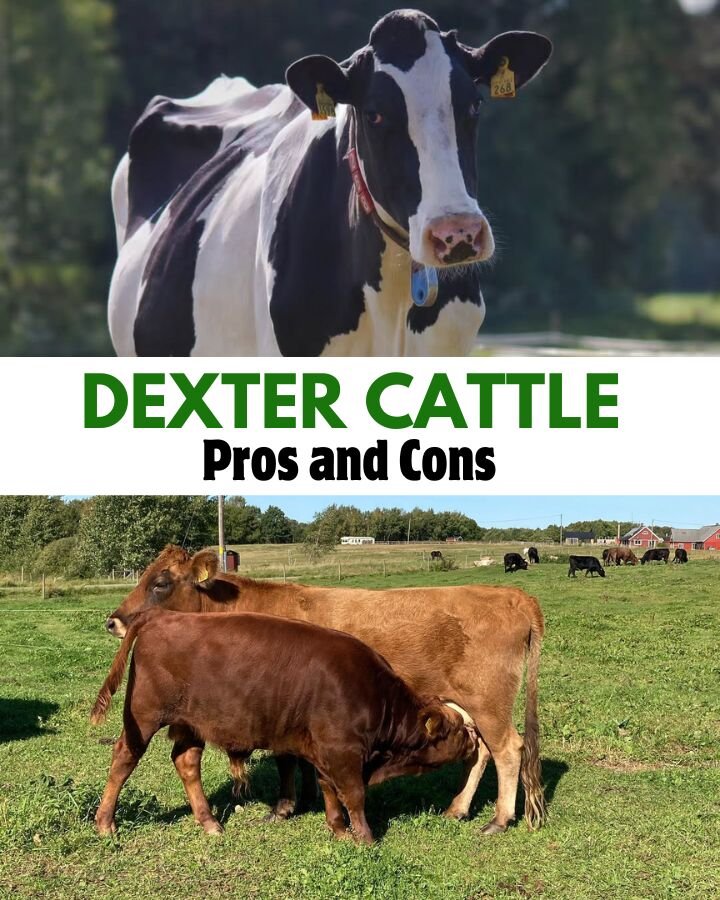
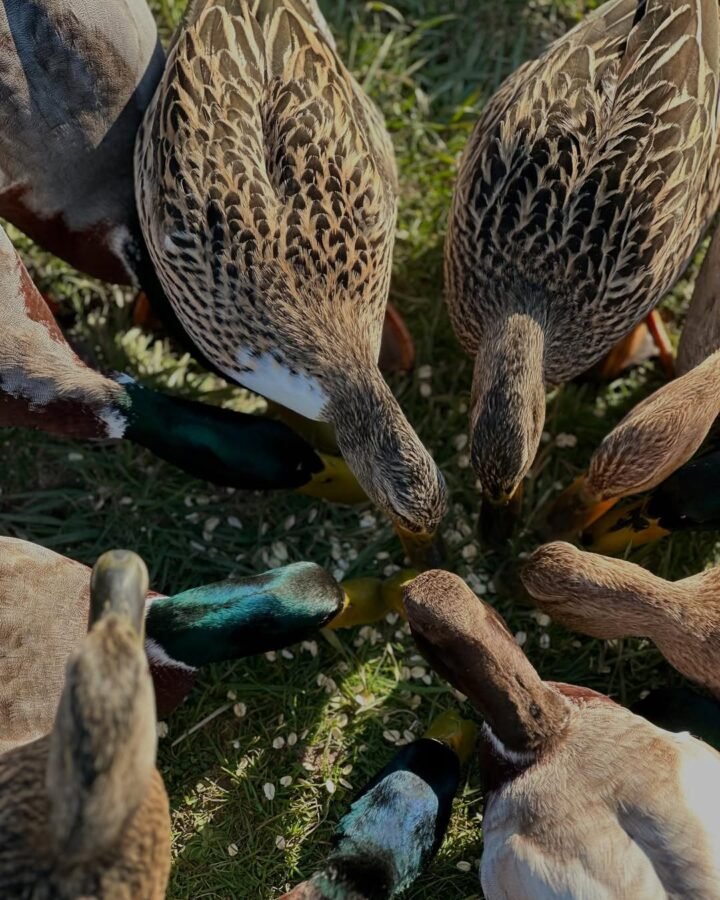
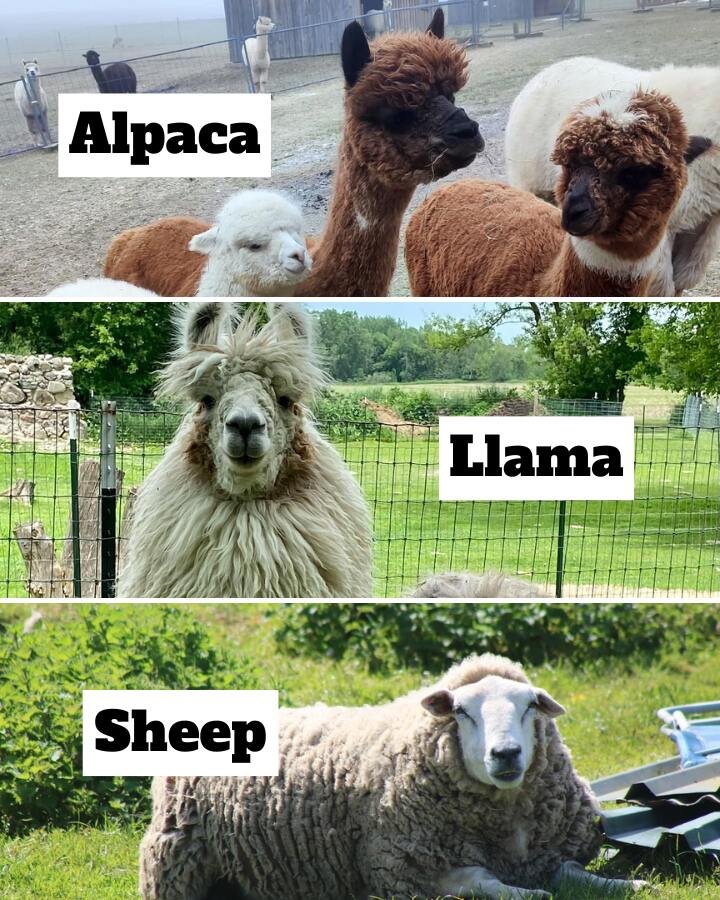
Leave a Reply